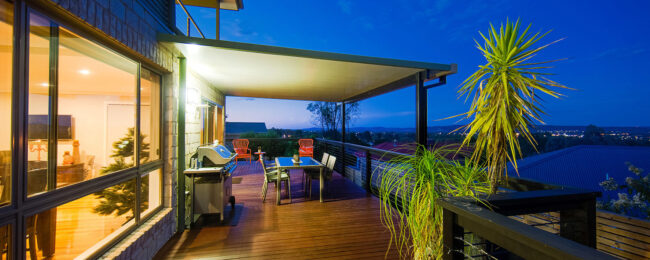
Owning a piece of land opens the door to endless possibilities. For some, it’s a place to store gear after long days in the woods or water. For others, it’s the setting for hands-on projects, quiet getaways, or preparing for hunting season. No matter the purpose, a reliable structure on your property can support it all.
Whether it’s a weekend retreat, a secure workshop, or a flexible shelter for gear and work, the priority is the same: build it to last. That means choosing materials that can handle the elements and planning with longevity in mind. For many landowners, this begins with a solid framework—strong, adaptable, and suited to the realities of rural living.
What Makes a Functional Outdoor Structure?
A good outbuilding isn’t tied to one role. It can hold trail gear, store a tractor, house a workbench, or provide cover after a day outside. For many landowners, it’s the first meaningful investment in making a property truly usable, season to season.
The appeal lies in its flexibility. One weekend, it might serve as a repair shop, and the next, it could serve as a place to clean gear or prep for the field. A solid structure means no more hauling equipment in and out or worrying about the weather. It becomes your home base—organized, protected, and always ready.
A good structure is built with the same thinking as durable outdoor gear: strong materials, smart design, and a clear purpose behind every detail. These buildings are meant to perform day in and day out, no matter the conditions.
Why Structure Matters: Strength, Weather, and Longevity
Land doesn’t offer much shelter on its own. When storms roll in or temperatures swing, the materials you choose for your outbuildings make all the difference. Wood frames may be the traditional choice, but they’re vulnerable to rot, warping, and pests, especially in areas with heavy moisture or heat.
Structures built with metal trusses for pole barns offer a solid framework designed to resist the wear and tear nature throws their way. These trusses are pre-engineered for strength, easy to install, and built to handle snow loads, wind, and hard use over time.
This kind of integrity matters to landowners who prefer to build it once and build it right. Buffalo River Truss, based in Arkansas, provides solutions designed specifically for rural builders and DIYers who need strength without added complexity.
Design Tips: Making the Most of Your Outdoor Structure
Smart design turns a simple shell into a structure that works hard. Think about how you’ll use the space. Do you need room to maneuver an ATV? A place to hang tools? Enough headroom for larger equipment?
Start with the layout. Wide doorways make it easier to bring gear in and out. Vertical storage—like shelving, hanging systems, or lofts—frees up floor space. Overhangs or lean-tos can extend your usable area and keep muddy boots or firewood dry.
Small adjustments like zoning the space, installing pegboards, or lifting bins off the ground can go a long way in making the most of shed space without expanding the footprint. Thoughtful planning up front helps avoid compromises later on, especially as your needs evolve.
From Gear Shed to Weekend Retreat: Real-World Uses
A well-built structure can evolve with your needs. What starts as a storage space might later become a workshop, a garage, or a quiet place to unplug. When the shell is sound, upgrades are easy.
Some landowners insulate the walls and add wood stoves for winter use. Others install solar kits for lighting and charging gear. A few carve out dual-purpose interiors—work on one side, fold-out cot or camp kitchen on the other.
It’s that adaptability that makes these structures more than just a place to stash tools. They become part of the lifestyle that draws people to the land in the first place.
Conclusion: Build for What Matters
A dependable outdoor structure supports how you live, work, and spend time outside. Whether you’re starting from scratch or upgrading what’s already there, choosing materials and a design that can go the distance is what sets lasting builds apart from temporary fixes.
Start with strength. Design with purpose. Let the space grow with you. When your structure is built to handle real outdoor living, everything else becomes easier.
